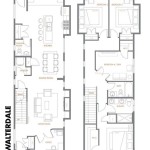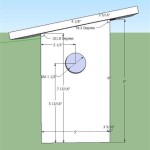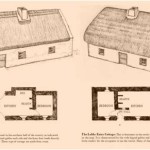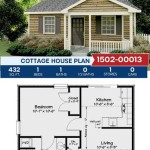House Plans Design Format Dwg: Essential Aspects
House plans serve as the foundation for constructing a dream home. They provide a detailed blueprint of the structure, including its layout, dimensions, and specifications.
The DWG (Drawing) format is a widely recognized industry standard for house plans. It allows architects and engineers to create precise and scalable drawings that can be easily modified and shared. Here are some essential aspects of House Plans Design Format DWG:
1. Layers:
DWG drawings are organized into layers, which are similar to transparent sheets that can be stacked on top of each other. Each layer contains specific information, such as walls, doors, windows, furniture, and electrical systems. This layered approach makes it easy to isolate and edit different aspects of the design.
2. Dimensions:
Accurate dimensions are crucial for ensuring the proper construction of a house. DWG drawings include precise measurements for all elements, including walls, openings, and fixtures. These dimensions are typically expressed in feet, inches, or metric units.
3. Symbols and Annotations:
To convey complex information concisely, DWG drawings use a set of standard symbols and annotations. These symbols represent various elements, such as doors, windows, plumbing fixtures, and electrical components. Annotations provide additional information, such as material specifications or construction methods.
4. Title Block:
Every house plan DWG drawing includes a title block, which contains essential information about the project. This includes the project name, address, scale, and architect's details. The title block provides a reference point and ensures that all drawings are consistent.
5. Scale:
DWG drawings are typically drawn to scale, which means that the dimensions on the drawing represent the actual dimensions of the building. The scale is indicated on the title block and should be carefully considered when using the drawings for construction or planning purposes.
6. File Structure:
DWG files have a hierarchical structure that allows designers to organize and manage complex drawings. The file consists of models, layouts, and views that can be linked together. This structure facilitates collaboration and revision control.
7. Compatibility:
DWG is a highly compatible format that can be opened and edited by various CAD (Computer-Aided Design) software programs. This ensures that architects, engineers, and contractors can easily collaborate and share drawings.
Conclusion:
House Plans Design Format DWG is a comprehensive and precise system for creating and managing house plans. Its layered structure, accurate dimensions, symbols, annotations, title block, scale, file structure, and compatibility make it an essential tool for professionals involved in the design and construction of residential buildings.

32 Autocad Small House Plans Drawings Free Design Home Floor Modern Plan

50 X50 House Space Layout Dwg File Plan N Design App Architectural Plans Free

Luxury House Plan Design 10 Autocad File Free

Autocad 3 Bedrooms House Layout Plan Drawing Dwg File

Luxury House Plan Design 10 Autocad File Free

1 Bhk Small House Plan Drawing Free Dwg File

25 X45 House Plan With Furniture Layout Autocad Drawing Dwg File Cadbull

30 X30 House Layout Plan Autocad Drawing Dwg File Cadbull Plans Free Duplex Floor

Simple House Layout Plan Design Of Dwg File Cadbull

Architecture House Ground Floor And First Plan Autocad Drawing Dwg File








